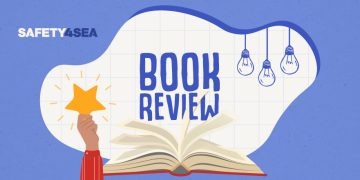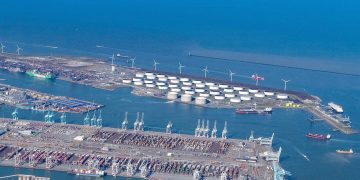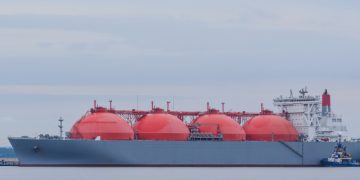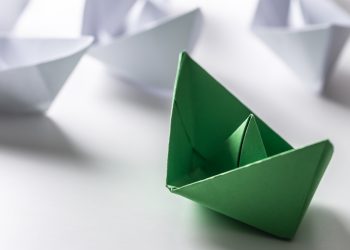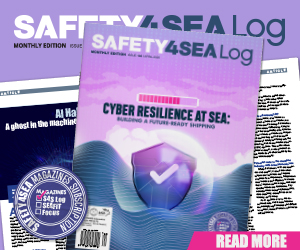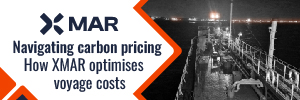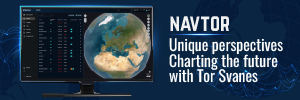While currently in development, the new vessel inspection regime, SIRE 2.0, will more accurately report on the quality of a vessel and its crew (on an ongoing basis) and indicate future likely performance, using enhanced tools, strengthened governance processes and more in-depth reporting outcomes, following a risk-based approach. The new SIRE 2.0 regime is expected to become operational in Q4 2022 and will bring a lot of changes that all participants should be prepared for.
The Vessel Inspection Questionnaire
The implementation of SIRE 2.0 introduced the following changes to the Vessel Inspection programme:
- The variant concept has been discontinued and replaced by the tagging of all questions to ensure that each question is considered for inclusion in an inspection based on:
- Vessel type
- Vessel outfitting
- Information provided through the HVPQ and/or PIQ
- Information provided through the inspection booking process
- A unique, vessel-specific CVIQ is compiled for each inspection, selected from the SIRE Question Library, based on the following criteria:
- Question applicability to the vessel to be inspected.
- Operational history of the vessel as declared by the vessel operator through the PIQ.
- Pre-determined risk-ranking of the questions resulting in the following categorisations: Core: Assigned to every inspection; Rotational: A non-core question assigned to a vessel on an occasional basis, generated by the algorithm; Campaign: An existing rotational question assigned to every inspection for a fixed period in response to an incident or industry trend.
- Notional time assigned to each question to allow it to be addressed in line with the supporting guidance and inspector training.
- Time in an inspection area: A vessel has been divided into defined inspection areas with each area allotted a notional inspection timing and each question allocated to an inspection area.
- Time for the complete inspection: The overall inspection time is pre-determined and equals the sum of the notional times for all the allocated questions.
As vessel owners, operators, managers and crew, inspectors or recipients of the SIRE 2.0 inspection reports will not be able to predict the inspection questions in advance, they should be prepared to respond to all questions within the SIRE 2.0 Question Library applicable to a particular vessel.
The Compiled Vessel Inspection Questionnaire
Each SIRE 2.0 question is constructed with the following components:
- The Top Level Question, which provides an overview of the purpose and scope of the question itself.
- The Abbreviated Question Text, which is used in the ROVIQ and Chapter mode displays to provide a visual cue to help the inspector quickly interpret which questions are included in the CVIQ.
- The Guidance Section, which includes:
- The Objective, which provides a statement identifying the overall purpose of the top level question.
- Best Practice Guidance provided by industry associations and government bodies.
- The most applicable TMSA reference.
- The most applicable ISM reference.
- Regulation governing the top level question.
- Inspection guidance, which summarises expectations of a vessel’s safety management system and carries forward any previous SIRE guidance that is considered to have created a standard inspection requirement.
- Suggested Inspector Actions, to verify that all aspects of the top level question and the guidance section have been addressed.
- Expected Evidence, which lists the documentary evidence that should be made available to the inspector during the inspection process.
- Potential Grounds for a Negative Observation, which lists circumstances in which the inspector may consider entering a negative observation.
Recording Observations: Response tools
SIRE 2.0 uses the term observation to mean any response entered in a response tool. An observation can be positive, neutral or negative. Each question will be assigned one or more response tools to record the outcome of the inspection activities related to the top level question.
Hardware Response Tool
Where a top level question or supporting guidance refers to vessel structure, machinery, outfitting, or equipment, the Hardware Response Tool is assigned.
The options for a binary response are:
- Free from obvious deterioration or deficiency.
- Observable or detectable deficiency (negative observation required).
The graduated assessment is based on the following categorisations:
- Free from obvious deterioration or deficiency.
- Slight superficial deterioration (no supporting comment necessary).
- Slight superficial deterioration (with description).
- Observable or detectable deficiency (negative observation required).
Process Response Tool
Where a top level question or supporting guidance refers to a vessel procedure or documented process, the Process Response Tool is assigned.
The options for a binary response are:
- As expected (procedure and/or document present).
- Not as expected (procedure and/or document deficient).
The graduated assessment is based on the following categorisations:
- As expected (procedure and/or document present).
- Largely as expected (procedure and/or document present, with mandatory comment).
- Not as expected (procedure and/or document deficient, negative observation required).
Human Response Tool
The Human Response Tool is used where a top level question or supporting guidance refers to the familiarity of vessel staff with a company procedure, written process or the use or operation of machinery or equipment. The inspector will consider whether the underlying task or activity was performed in an appropriate manner in accordance with company procedures, operating instructions, and/or industry best practice.
Performance Influencing Factors (PIFs) are the foundational blocks of human performance and have been categorised as follows:
- Recognition of safety criticality of the task or associated steps.
- Custom and practice surrounding use of procedures.
- Procedures accessible, helpful, understood, and accurate for task.
- Team dynamics, communications, and coordination with others.
- Evidence of stress, workload, fatigue, time constraints.
- Factors such as morale, motivation, nervousness.
- Workplace ergonomics including signage, tools, layout, space, noise, light, heat, etc.
- Human-machine interface (e.g., controls, alarms, etc.).
- Opportunities to learn or practice.
- Not Identified – Not a PIF (option provided where a PIF could not be identified with confidence).
All observations entered in the response tool will be tagged to the rank grouping (SOC) of the Observed Person (OP) or Responsible Team (RT) based on the following categorisations:
- Senior deck officer.
- Junior deck officer.
- Senior engineer officer (including ETOs, cargo engineers and electricians based on company rank).
- Junior engineer officer (including ETOs, cargo engineers and electricians based on company rank).
- Rating.
- Deck team task – historical task only.
- Engine room team task – historical task only.
Photograph Comparison Response Tool
Where a top level question refers to one of the standard photographs provided by the vessel operator prior to the inspection, a Photograph Comparison Response Tool is assigned.
All photograph comparison tools require a graduated response as follows:
- Photo provided representative.
- Photo representative (concern to be highlighted).
- Photo reasonably representative (additional photos required/added).
- Photo not representative (negative observation required).
HOW TO PREPARE
To support industry in preparing for the transition to SIRE 2.0, OCIMF has published the following documentation:
- SIRE 2.0 to VIQ7 Comparative Analysis
- SIRE 2.0 Question Library Question Programming Attributes
- SIRE 2.0 Question Library Part 1 Chapters 1 to 7 & Part 2 Chapters 8 to 12
- SIRE 2.0 Instructions for Completing the Pre-Inspection Questionnaire (PIQ)
















